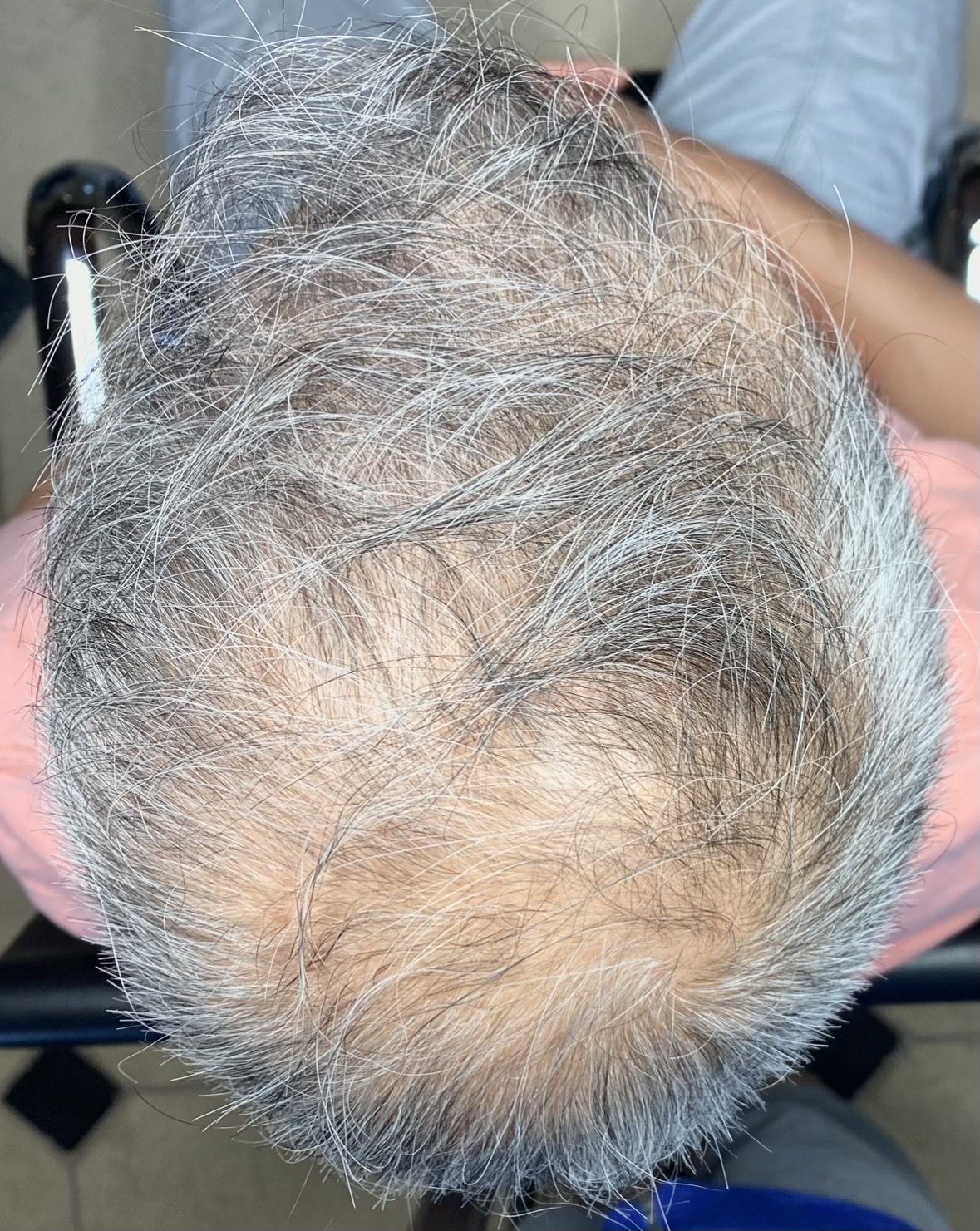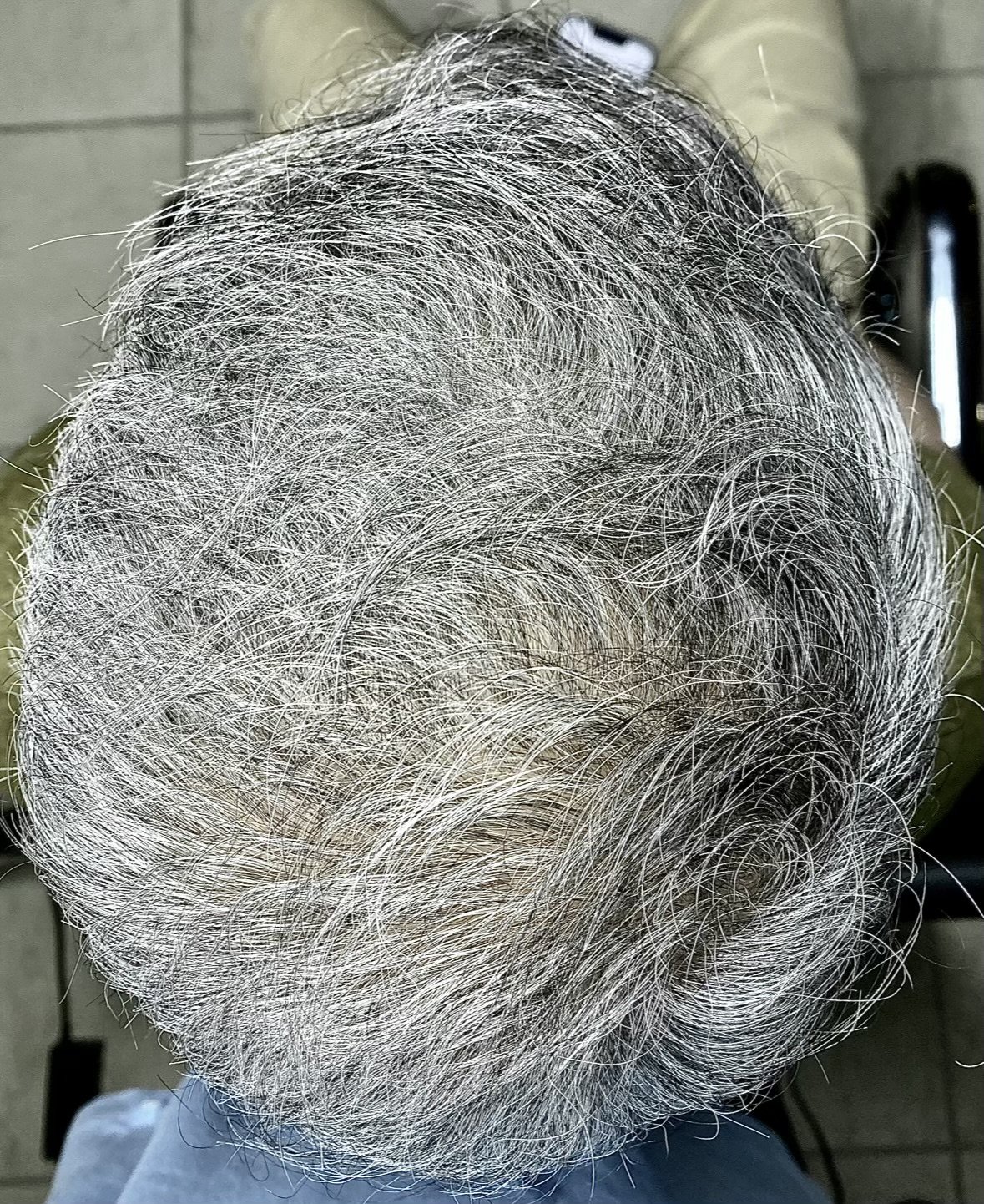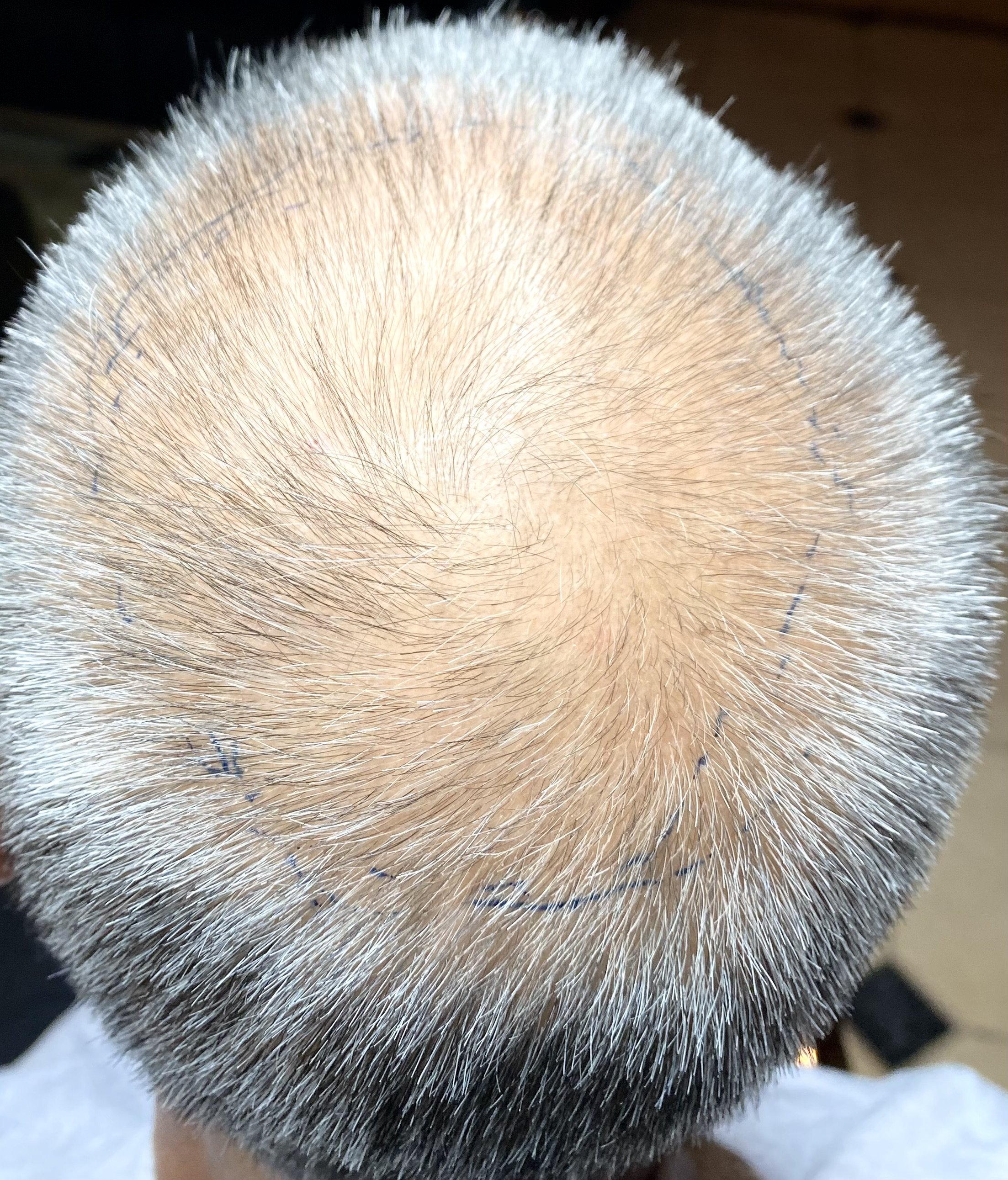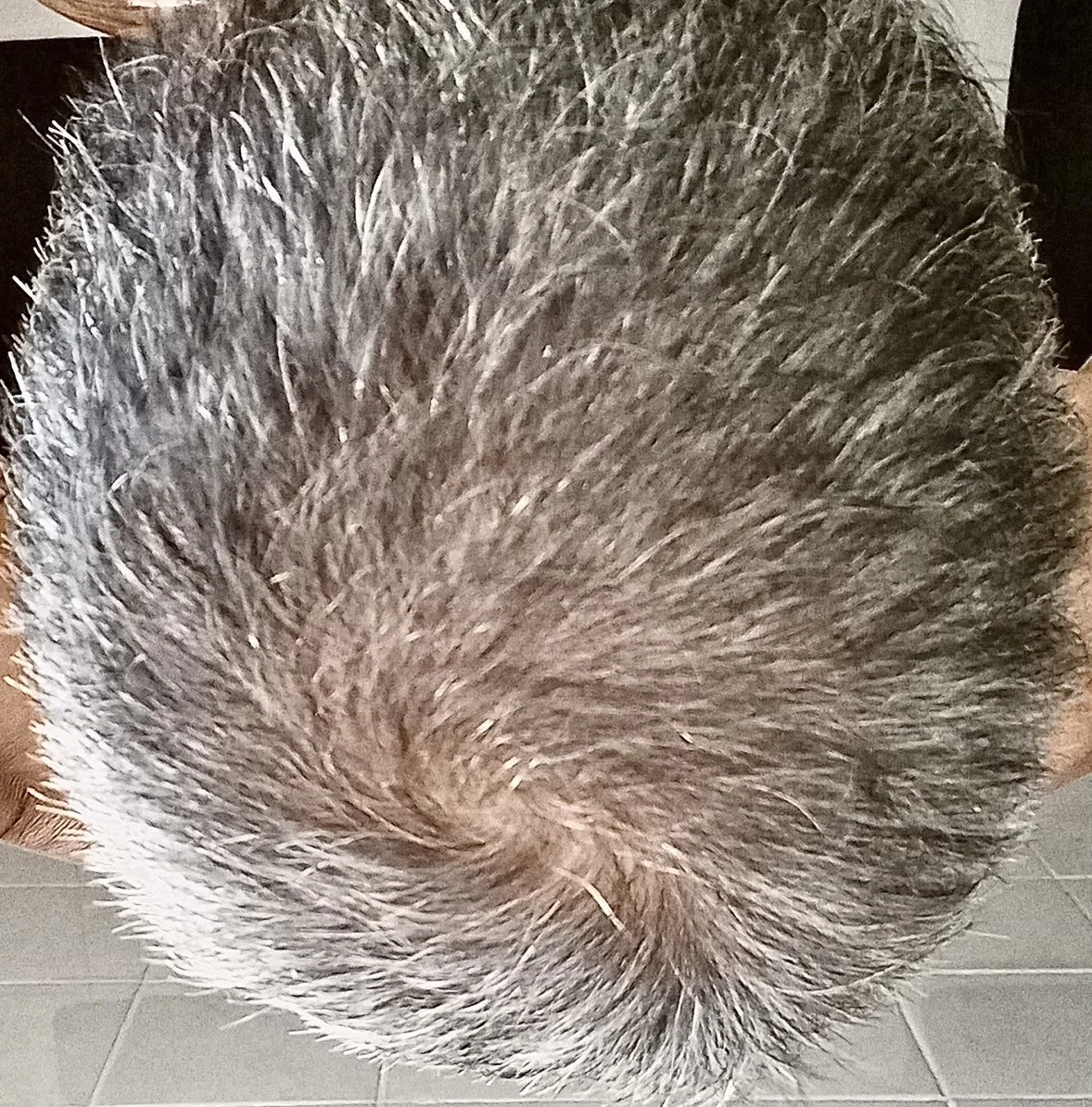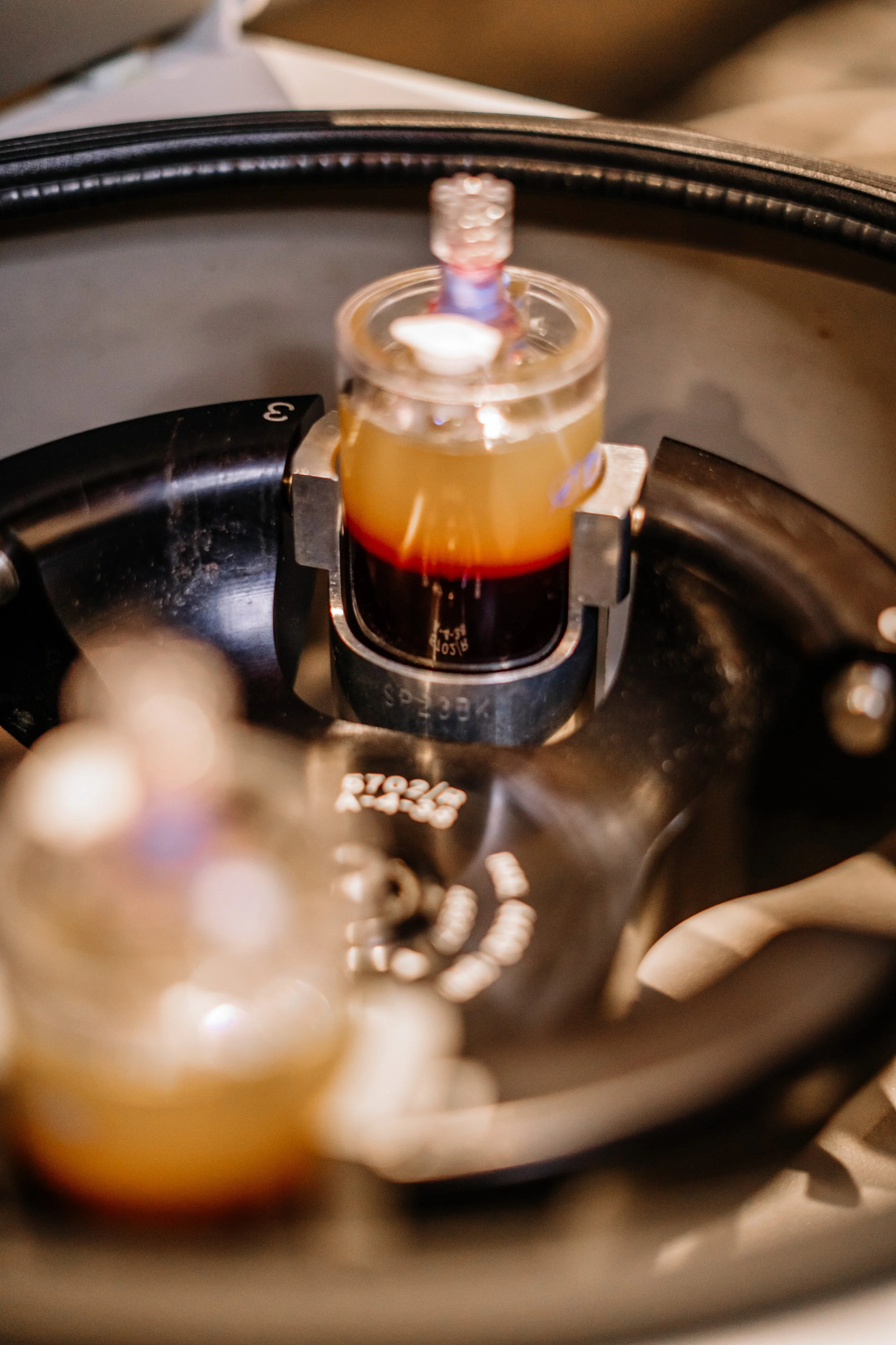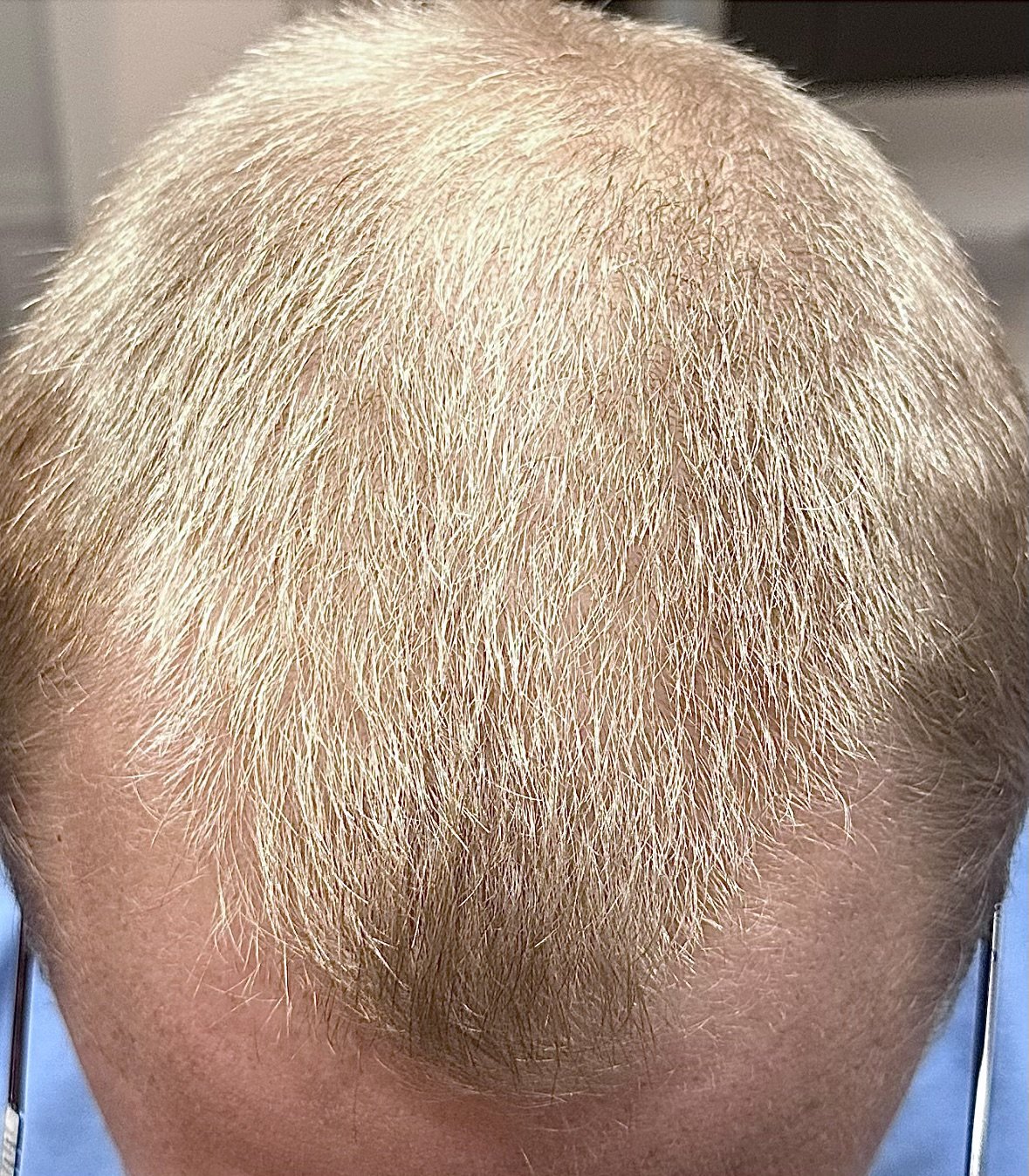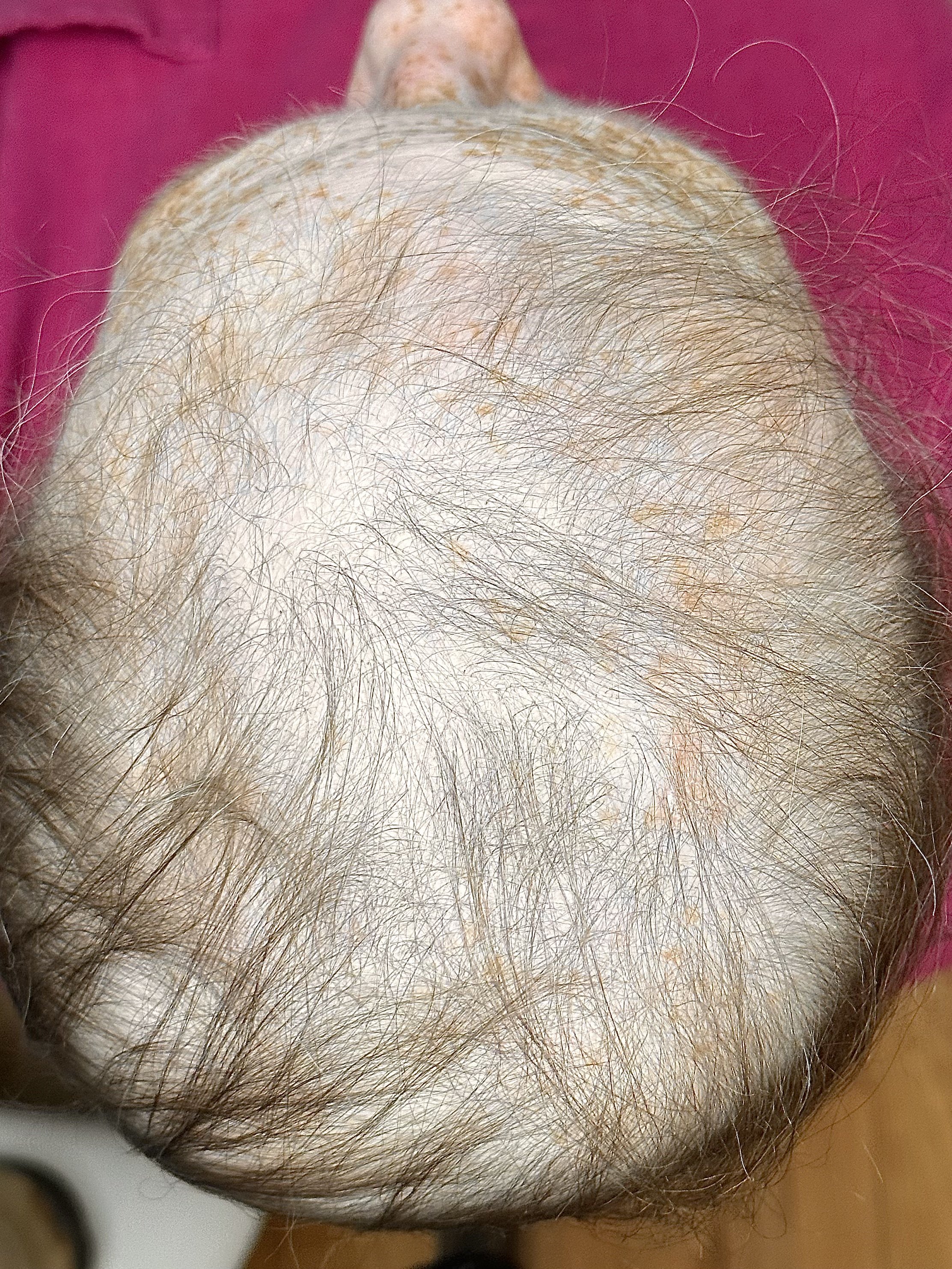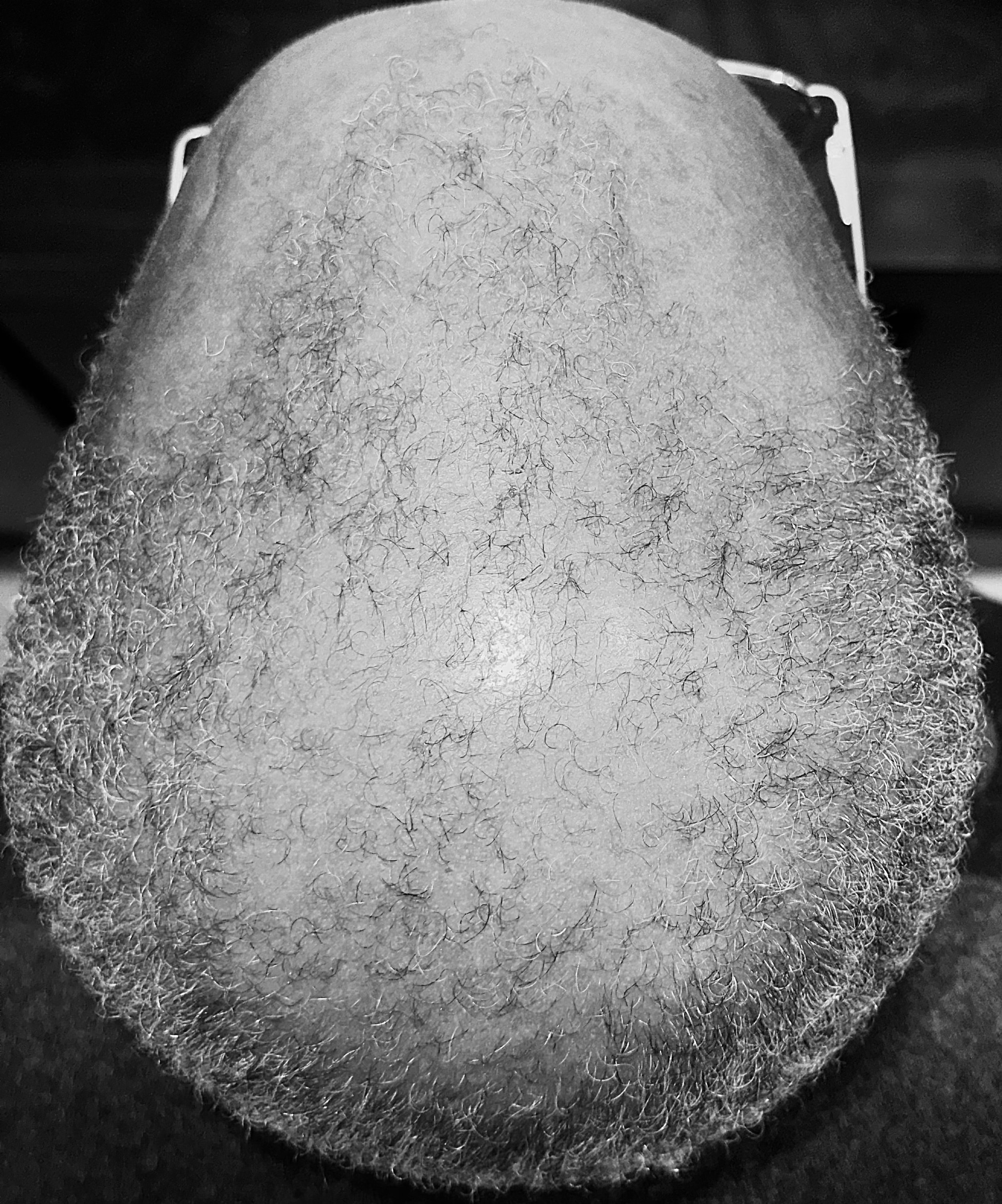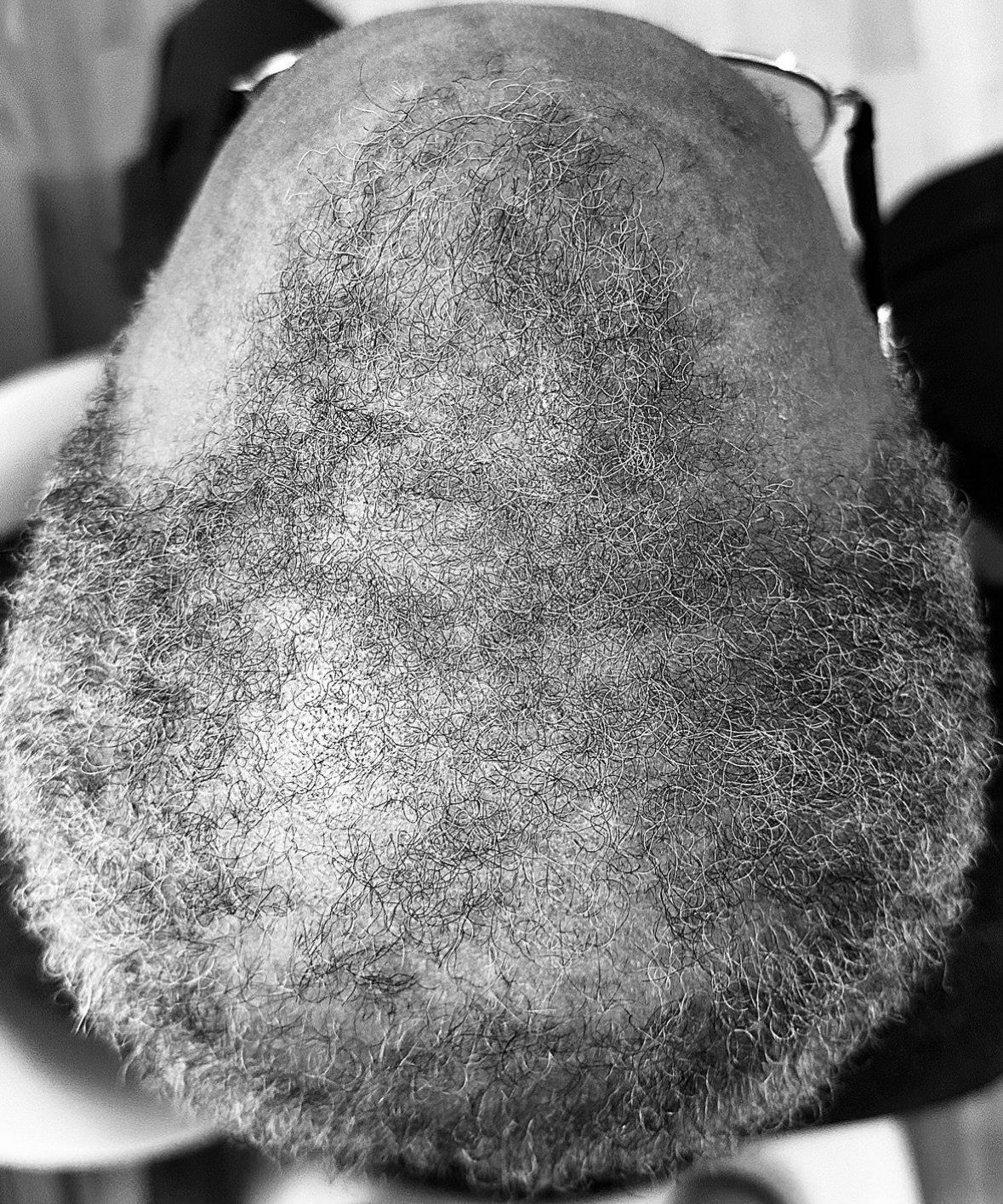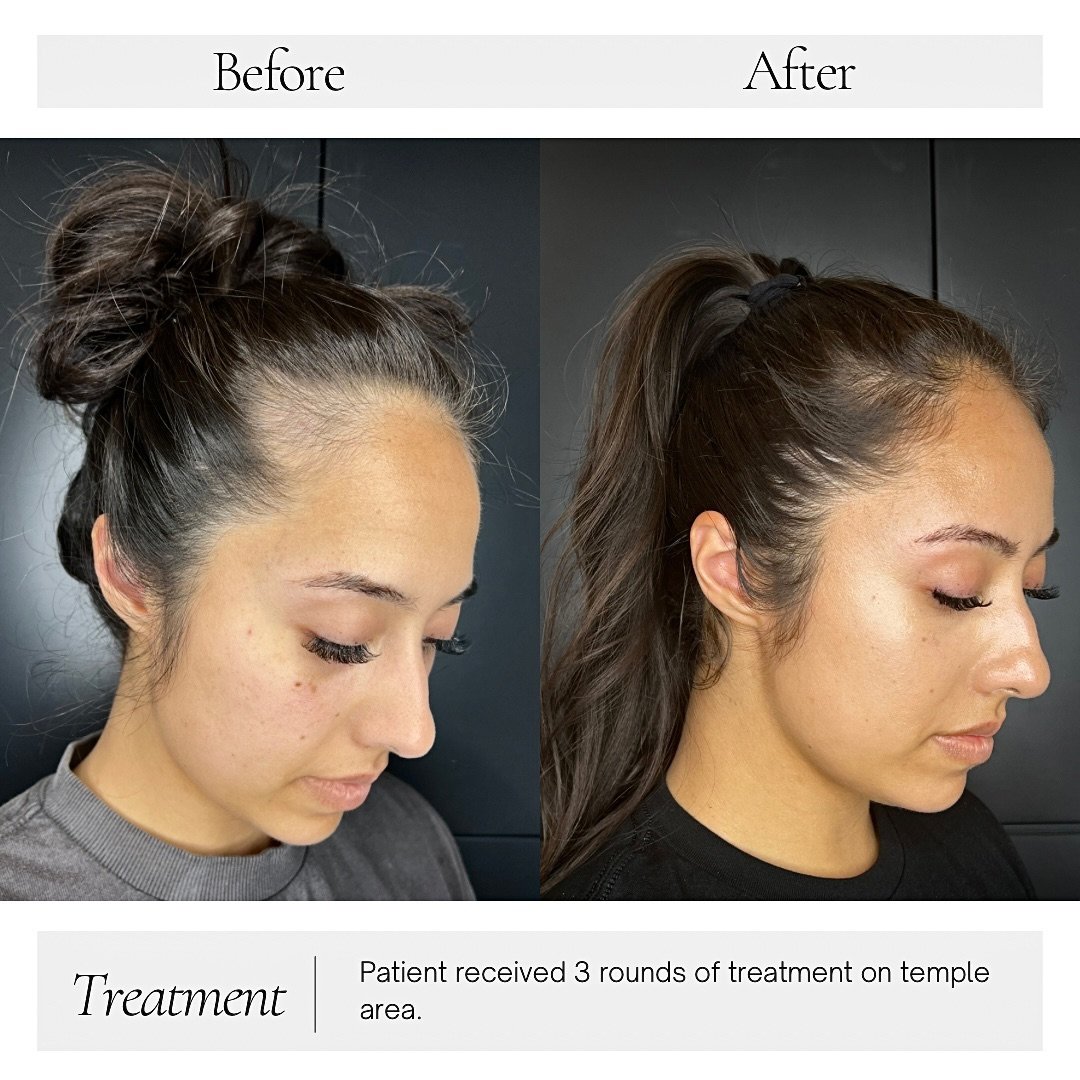Aesthetics
At Garcia Medical Clinic, we specialize in non-surgical hair restoration with three different modalities to cater to individual patient needs.
Platelet Rich Plasma(PRP)
Lasers
Topical Spray
Platelet Rich Plasma
Platelet Rich Plasma
What is the process like for PRP?
The PRP preparation process involves blood collection and centrifugation of the patient's blood to separate the platelets and obtain a concentrated plasma. This PRP is then carefully injected into the scalp using a precise technique. The frequency and number of PRP sessions may vary based on individual requirements and the severity of hair loss.
Collection of Blood:
A small amount of the patient's blood, typically a few vials, is drawn from a vein in their arm, similar to a standard blood draw.
Centrifugation:
The blood sample is then processed in a centrifuge, a machine that spins rapidly to separate the blood into its components based on density.
Separation of Components:
The centrifugation process separates the blood into its constituent parts: red blood cells, white blood cells, plasma, and platelets.
The platelets, which are crucial for clotting and contain growth factors, are isolated to create the platelet-rich plasma.
Concentration of Platelets:
The isolated platelets are concentrated to a higher level than what is typically found in whole blood.
Preparation for Use:
This PRP is then carefully injected into the scalp using a precise technique.
What is PRP?
Platelet-Rich Plasma (PRP) is an autologous (derived from a person's own body) concentration of platelets and growth factors extracted from a sample of the individual's blood. It is a relatively simple and minimally invasive medical procedure used in various fields of medicine, including orthopedics, dermatology, and dentistry.
PRP contains a higher concentration of platelets than normal blood, and these platelets are rich in growth factors and bioactive proteins. When administered at the site of injury or treatment, PRP can potentially enhance the body's natural healing processes, stimulate tissue repair and regeneration, reduce inflammation, and promote overall tissue health.
PRP for Hair Loss
Hair loss is a prevalent concern affecting a significant portion of the global population, often attributed to aging, genetics, hormonal changes, or medical conditions. PRP has gained traction due to its potential to stimulate hair follicles and promote hair growth.
PRP is rich in platelets, which contain growth factors, cytokines, and other bioactive substances crucial for tissue repair and regeneration. When applied to the scalp through targeted injections, PRP interacts with hair follicles, promoting angiogenesis, collagen formation, and tissue repair. The growth factors within PRP activate dormant hair follicles, prolong the anagen phase, and stimulate the production of healthier and thicker hair strands.
Patient received 2 PRP treatments.
BEFORE
AFTER
Patient received 2 PRP treatments.
BEFORE
AFTER
Patient is Ruben Garcia, MD.
BEFORE
AFTER
TOPICAL HAIR GROWTH SOLUTION
TOPICAL HAIR GROWTH SOLUTION
We recommend our own proprietary patent-pending hair growth formula that is processed using a high pressure homogenizer to achieve better results versus current commercially available products. Our processed formula results in smaller sizes of the active ingredients resulting in superior delivery to the hair folecules. The active ingredients may consist of minoxidil (a vasodilator) and/or finasteride (DHT blocker) with customization available for each individual based on their needs and medical history.
Prior users of OTC topical minoxidil preparations who had little, to no growth, have seen good results with our formula.
Patient results after 19 weeks of using our Topical Hair Growth Solution
BEFORE
AFTER
Patient results after 7 weeks of using our Topical Hair Growth Solution
BEFORE
AFTER
Patient results after 9 weeks of using our Topical Hair Growth Solution
BEFORE
AFTER
Laser (Coming June 2024)
Laser (Coming June 2024)
Non-Invasive Hair Stimulation of Hair Growth
What is HAIRestart®?
Fotona’s HaiRestart® hair growth stimulation is an effective method of treating hair loss disorders. This innovative solution is focused on stimulation dormant hair follicles to promote hair growth.
With Fotona SMOOTH® modality HaiRestart® enables treatments that ensure highly controlled delivery of energy and provide the best comfort for the patient. Practitioners can effectively and safely deliver unique temporal and spatial temperature profiles to the scalp, resulting in increased tissue regeneration and the promotion of new follicle growth.
Key Advantages:
Prevention of further hair loss
Increase of hair density and thickness
Promotion of new follicle growth
No medications
No down-time
How it Works?
The method of action lies in the patented Fotona SMOOTH® pulses that gently deliver laser light to the tissue, triggering the scalp in a safe and controlled way. Fotona SMOOTH® operates at the optimal infrared Er:YAG laser wavelength (2.94 μm) that coincides with the maximal absorption in the skin.
The unique patented feature of Fotona SMOOTH® is the ability to act in a non-ablative manner, producing precisely engineered mild thermal pulses. This ensures that the laser light is delivered to the tissue gently and efficiently, heating the scalp in a safe and controlled pulsed way. The overall effect is a gentle heating of the skin and the production of growth factors, without any significant ablation of the epidermis.
Significant Results and Highly Satisfied Patients
Several clinical studies of HaiRestart® have demonstrated high efficacy and an absence of adverse effects. Significant improvement of hair growth along with increased hair density, and a stabilization of hair loss were reported, regardless of AGA (androgenetic alopecia) grade, patient age or AGA duration.
The results of patients’ blind evaluation in one study (Day D. et al., 2021) indicated improvement in hair quality in 93% of patients, which was not correlated with age or AGA grade. In other studies (Dekeyser B., 2019 and Mercik G. et al., 2021), patients reported subjective feedback as well, describing a more elastic and less dry scalp, and thicker, more durable, healthier and denser hair than previously.
